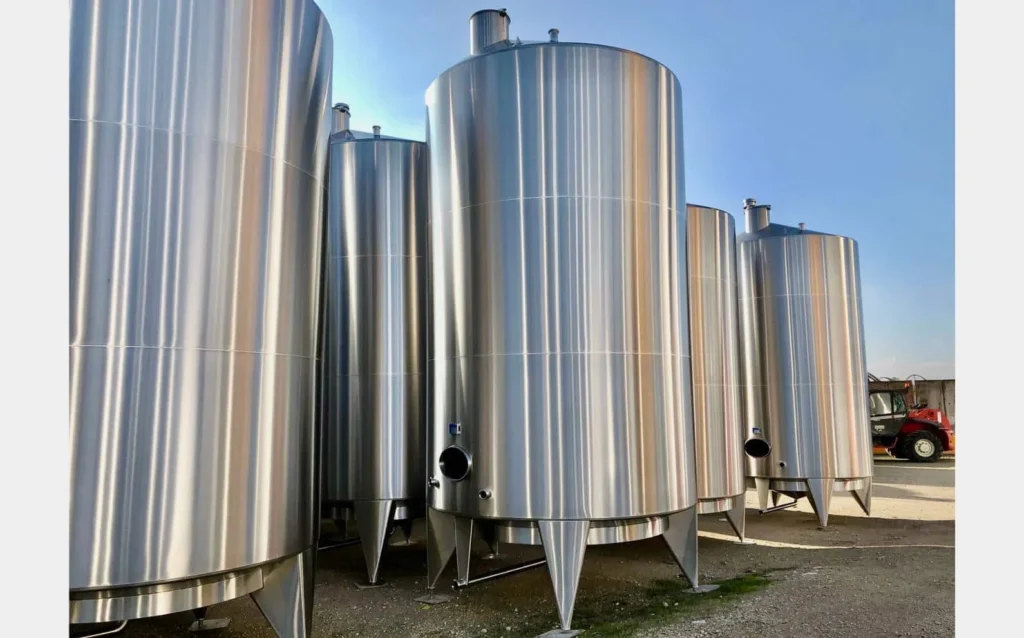
Glycol offers superior freeze protection, corrosion inhibition, and reliability compared to water in industrial heating and cooling systems, making it ideal for extreme temperature conditions. While water transfers heat more efficiently, glycol ensures system safety and long-term operational stability.
Introduction to the Benefits of Glycol Over Water
What is Glycol?
Glycol is a versatile and essential fluid widely used in industrial heating and cooling systems. It outperforms plain water in extreme temperatures, thanks to its ability to lower the freezing point and raise the boiling point of the system fluid. This makes glycol an ideal choice in pressure vessels, HVAC units, and gas processing systems where reliability and freeze protection are critical.
Common Uses of Water in Industrial Applications
Water is one of the most commonly used fluids in industrial processes due to its availability and cost-effectiveness. Moreover, it’s used for cooling, heating, and as a solvent in many applications. However, water has its limitations, especially when it comes to temperature extremes and corrosion issues.
Thermal Properties Comparison
Heat Transfer Efficiency of Glycol
Glycol is valued for its moderate heat transfer capabilities, though it’s important to note that water still has a higher thermal conductivity. However, glycol’s ability to maintain fluidity below 0°C and reduce the risk of freezing outweighs this trade-off in many industrial environments. For example, a 50% ethylene glycol solution can protect systems down to -34°C (-29°F), while also reducing the chance of corrosion and cavitation.
Water’s Heat Transfer Capabilities
While water also has good heat transfer capabilities, it is not as effective as glycol in maintaining stable temperatures in extreme conditions. For example, water tends to freeze at 0°C (32°F) and can boil at 100°C (212°F), which can pose significant challenges in industrial settings that require consistent temperature regulation. As a result, glycol often becomes the preferred choice for such applications.
Freeze Protection Advantages
Glycol’s Role in Preventing Freezing
One of the most significant advantages of using glycol over water is its ability to prevent freezing. Glycol-based solutions can remain liquid at temperatures well below the freezing point of water, ensuring that systems continue to operate smoothly even in the coldest conditions. This makes glycol indispensable in applications where freeze protection is critical. Glycol also acts as a corrosion inhibitor when properly formulated, protecting metallic components such as copper, steel, and aluminum from scale and rust buildup over time.
Limitations of Water in Freezing Conditions
Water, on the other hand, can freeze and expand, leading to potential damage to pipes, valves, and other system components. This expansion can cause significant operational disruptions and costly repairs. In pressure vessel applications, such issues can compromise the safety and efficiency of the entire system.
Need a reliable partner?
Red River specializes in the design and manufacturing of pressure vessels. We also fabricate related items such as prefabricated spools and skid packages.
Reach Out to us today and experience the Red River difference. Where American Made and American Values come together, we care more.
Frequently Asked Questions
1. Can glycol be used in all types of pressure vessels?
Glycol can be used in a wide range of pressure vessels, particularly those involved in cooling and heating applications. Its versatility and excellent thermal properties make it suitable for various industries, including oil and gas, power generation, and biogas. However, it is important to consult with a specialist to ensure that glycol is compatible with your specific pressure vessel materials and design.
2. What are the environmental impacts of using glycol?
The environmental impact of glycol largely depends on its type and disposal methods. Ethylene glycol can be toxic if not handled properly, whereas propylene glycol is considered safer and more environmentally friendly. Proper disposal and recycling practices are crucial to minimize any negative environmental effects. Always follow local regulations and guidelines for glycol disposal.
3. How does glycol affect the maintenance of cooling systems?
Using glycol in cooling systems can reduce maintenance needs by preventing freezing and corrosion. Glycol helps to maintain stable temperatures, which minimizes the wear and tear on system components. Regularly checking glycol levels and maintaining proper concentrations is essential to ensure optimal performance and longevity of the system.
4. Are there any downsides to using glycol instead of water?
While glycol offers numerous benefits over water, it is generally more expensive and can be toxic if not handled correctly. Additionally, glycol has a higher viscosity than water, which may require adjustments to system pumps and flow rates. It is important to weigh the pros and cons and consult with an expert to determine the best solution for your specific application.
5. How do I choose between ethylene glycol and propylene glycol for my application?
Choosing between ethylene glycol and propylene glycol depends on several factors, including toxicity, environmental impact, and specific application requirements. Ethylene glycol is more commonly used for its superior thermal properties but is toxic and requires careful handling. Propylene glycol is safer and less toxic, making it suitable for applications where human contact is possible, such as in food processing or HVAC systems. Consulting with a specialist can help you make an informed decision based on your unique needs and safety considerations.
6. What glycol concentration offers the best freeze protection without performance loss?
A 50% glycol-water mix typically balances freeze protection (-34°C) and manageable viscosity. Higher concentrations may increase system strain due to thicker fluid and reduced heat transfer.
7. Is glycol safe for the environment?
Propylene glycol is generally considered low in toxicity and biodegradable, suitable for applications with possible human contact. In contrast, ethylene glycol is more thermally efficient but poses higher toxicity risks. Proper containment and disposal are essential for either type.
8. Does glycol require more maintenance than water?
Yes, glycol-based systems should be monitored for pH, inhibitor depletion, and thermal degradation. Over time, glycol can break down into acids, so periodic testing and replacement are necessary to maintain corrosion protection.
Key Takeaways
- Glycol prevents freezing in systems, maintaining fluidity at sub-zero temperatures.
- It acts as a corrosion inhibitor, protecting metallic components from rust and scale buildup.
- Water has better heat transfer, but glycol provides broader protection in harsh environments.
- Proper monitoring and maintenance of glycol mixtures ensure optimal system performance and longevity.
Related Blog Post
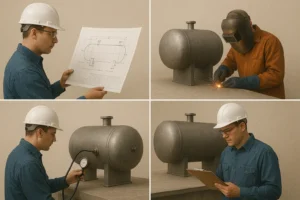
Pressure Vessel Design & Engineering: Concept to Launch
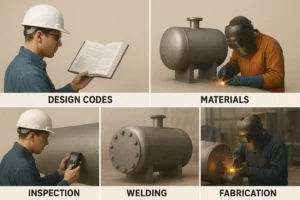
What is Pressure Vessel Design and Engineering: Code-Ready Guide
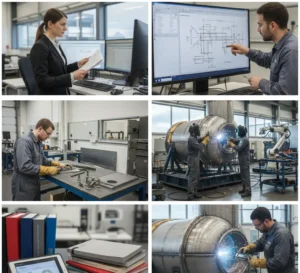
What are the Key Factors in Pressure Vessel Engineering
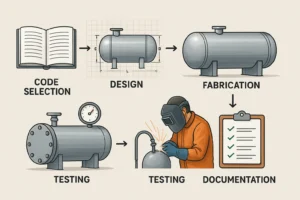
How Do You Design a Pressure Vessel: A Step-By-Step Guide
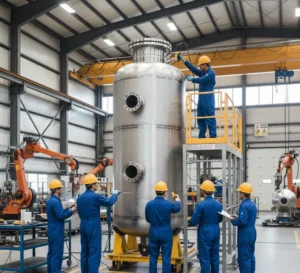
What is Pressure Vessel Fabrication and Manufacturing
About Author

